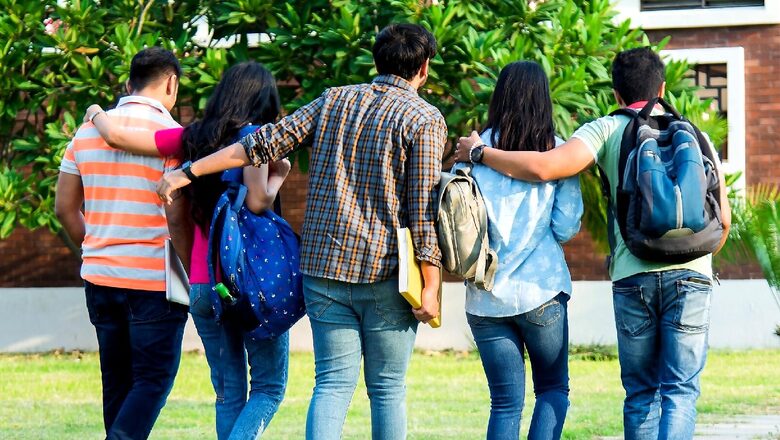
views
As many as six new central universities, seven Indian Institutes of Management (IIMs), seven Indian Institutes of Technology (IITs), 15 All India Institutes of Medical Sciences (AIIMS), 209 new medical colleges, 320 new universities in the country and 5,709 new colleges have been opened since 2014, as per government data.
The number of universities between 2013-14 is 723, and between 2019-20, it is 1043. The data also stated that in 2014, there were 16 IITs, 9 IIITs, 13 IIMs and 7 AIIMS. This year, there are a total of 23 IITs, 25 IIITs, 20 IIMs, and 22 AIIMS. The total expenditure by the central and state governments on the education sector has been nearly doubled since 2013-14. While it was Rs 3.75 lakh crore between 2013-14, it is Rs 6.97 lakh crore between 2021-22, the data added.
Also read| National Education Day 2022: India’s First Education Minister Maulana Abul Kalam Azad Was Homeschooled
As per GIS based mapping conducted in the year 2021-22 including government, government aided and private schools, 95.48 per cent of villages were covered by secondary schools within a distance of 5 km and 90.55 per cent of villages were covered by senior secondary schools within a distance of 7 km, it stated.
The report added that between 2020-21, the enrolment of girls from primary to higher secondary has increased to more than 12.2 crore. This is an increase of 11.8 lakh compared to 2019-20. In 2020-21, enrolment in secondary and higher secondary has improved by 1.41 per cent and 3.76 per cent respectively.
Furthermore, the report added that on June 2, union education minister Dharmendra Pradhan announced that PM Shri Schools will be established to prepare students for the future. These schools would be state-of-the art schools and will serve as the laboratory of National Education Policy (NEP) 2020.
Read| National Education Day 2022: 10 Things to Know About Abul Kalam Azad, India’s First Education Minister
The report also stated that the govt has decided that the fee of 50 per cent of seats in private medical colleges will be equal to the fee in the government medical colleges. “As a result, about Rs 2,500 crore will be saved for children belonging to the poor and middle-class. Moreover, they will be able to study medical and technical education in their mother tongue so that the poor, middle-class and lower-middle-class children who have not studied English in their schools will also be able to become doctors,” the report added.
Read all the Latest Education News here

















Comments
0 comment